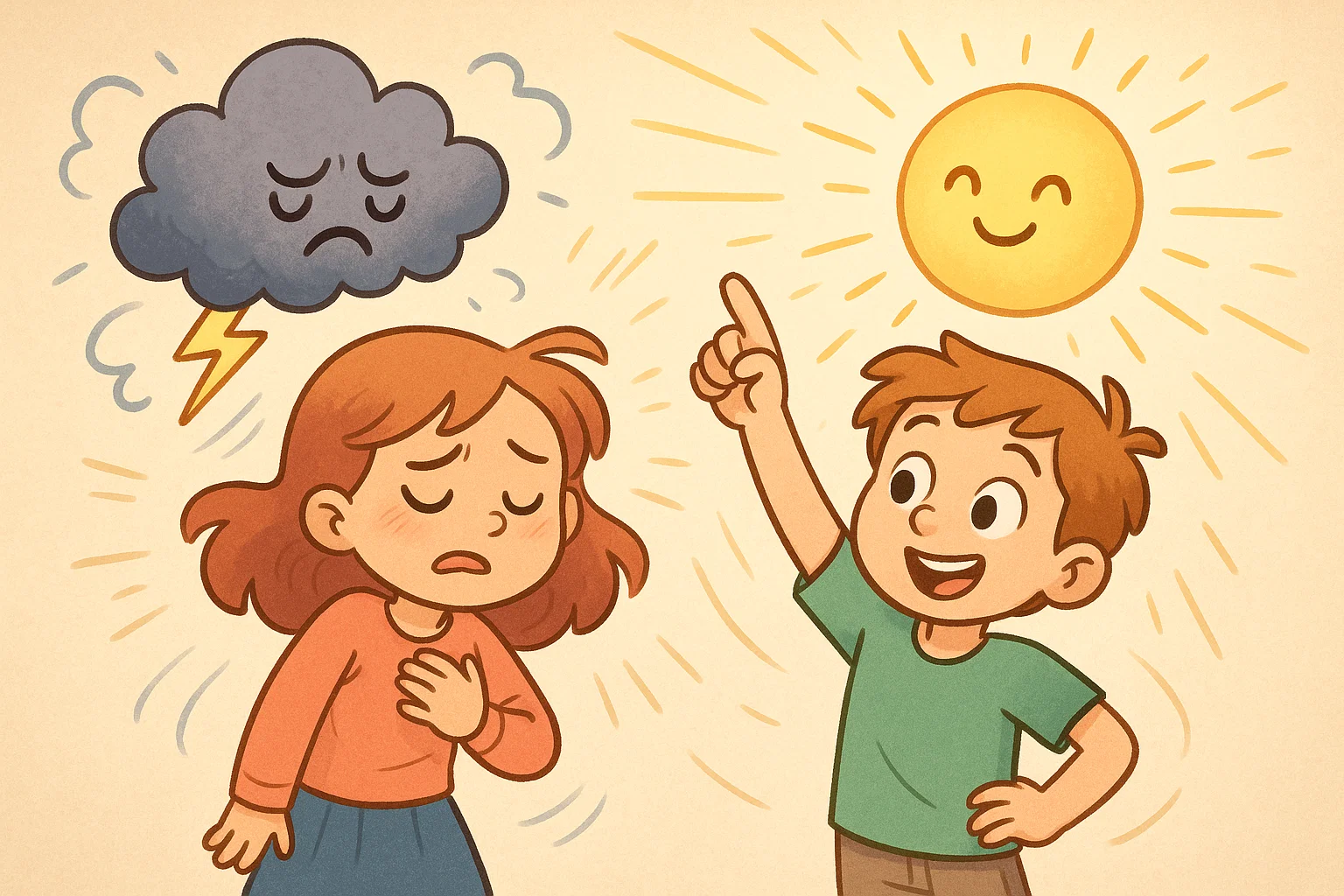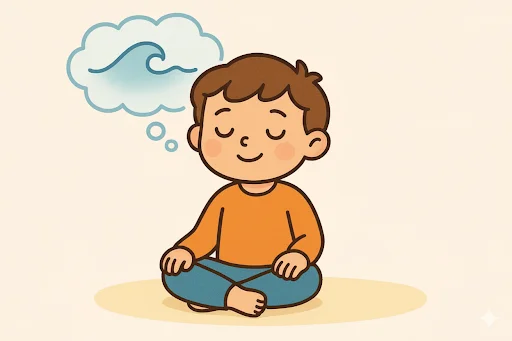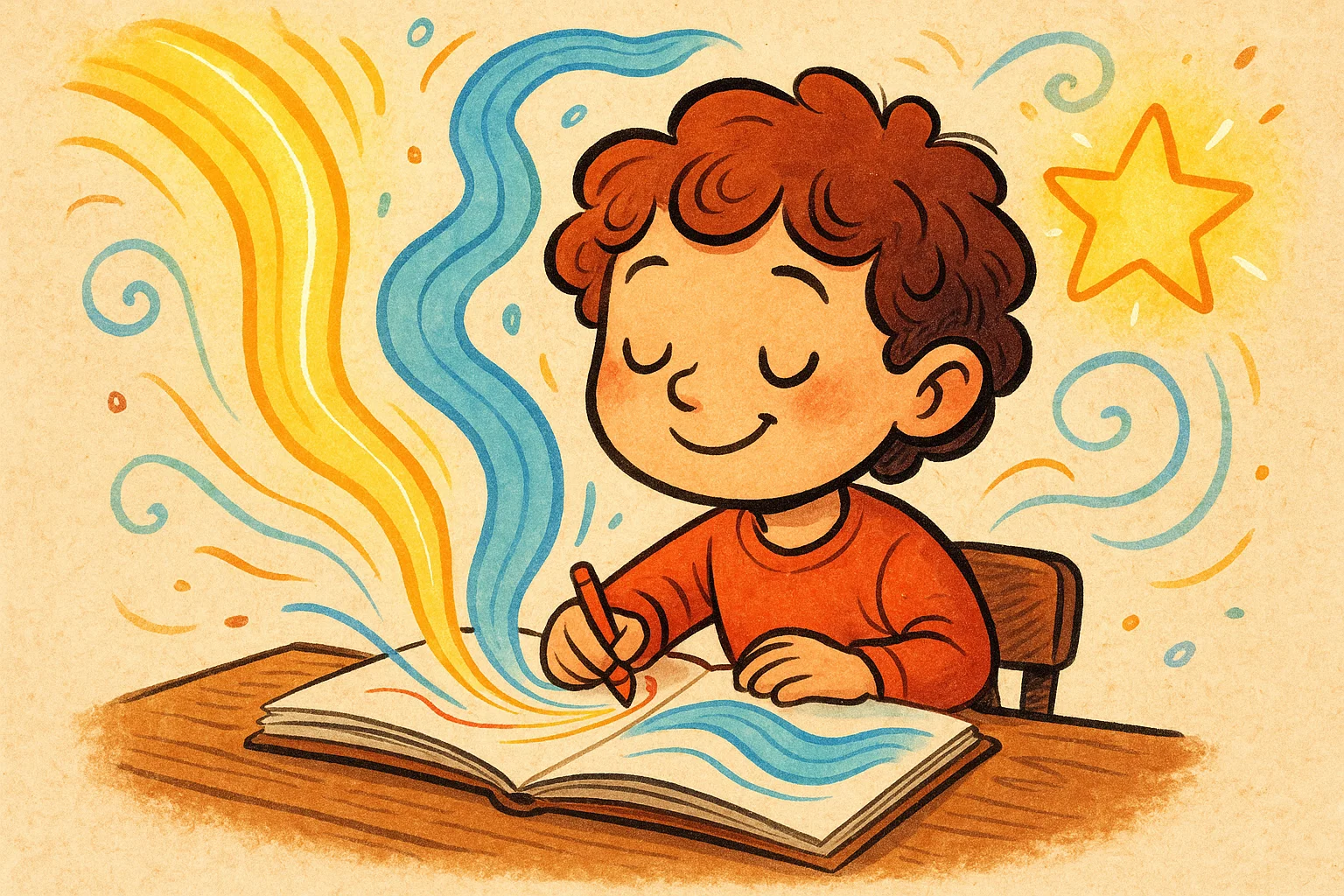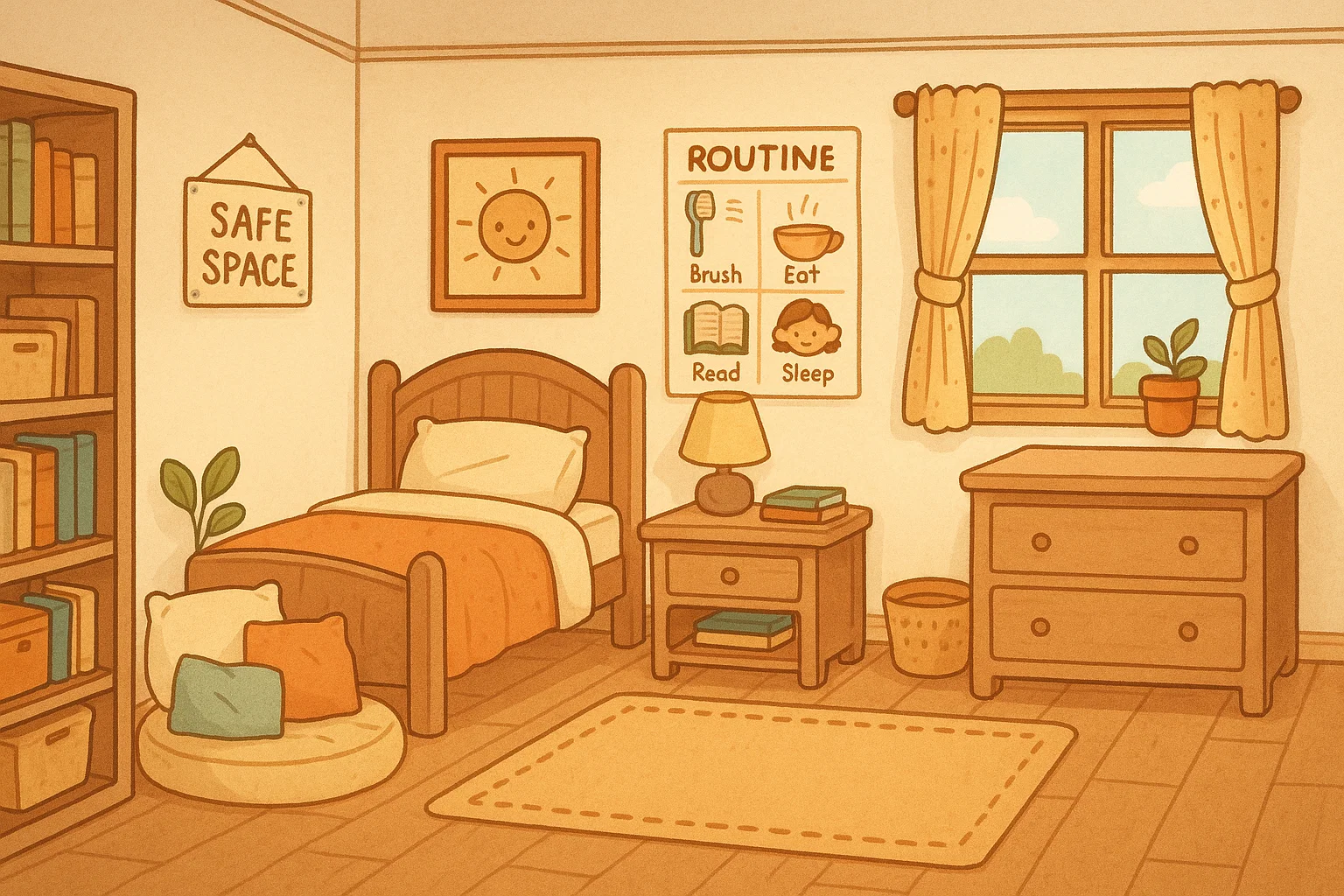Effective Coping Skills to Help Kids Manage Anxiety and Stress

Anxiety in children has become increasingly common. When your child struggles with anxious thoughts or overwhelming feelings, having effective strategies to manage can make the difference between a child who feels helpless and one who develops resilience. Understanding how to help your child manage nervousness isn’t just about addressing immediate concerns—it’s about equipping them with lifelong tools for emotional regulation.
Why Kids Need Coping Skills
Modern childhood presents unique challenges that can trigger anxiety in ways previous generations didn’t experience. From academic pressures to social media exposure, kids today encounter stress or anxiety triggers at younger ages and with greater frequency.
Signs of Anxiety in Children
Recognizing when your child may be struggling with anxiety is the first step in providing appropriate support. Kids express their nervousness differently from adults, and symptoms of anxiety can vary significantly based on age and individual personality. Physical symptoms often include:
- Frequent headaches or stomachaches without medical cause
- Changes in sleep patterns or nightmares
- Loss of appetite or unusual eating behaviors
- Restlessness or difficulty sitting still Behavioral changes may indicate nervousness when kids:
- Avoid previously enjoyed activities
- Show excessive clinginess or fear of separation anxiety
- Experience sudden outbursts or emotional meltdowns
- Demonstrate perfectionist tendencies or fear of making mistakes, research from Springer suggests that younger kids might express anxiety through regression behaviors, while older children may internalize their worries, making detection more challenging for parents and caregivers.
Why skills work for anxious children
Coping skills provide children with a sense of control over their emotional experiences. Dr. Rachel Busman, a clinical psychologist specializing in child and adolescent nervousness, notes that “teaching children coping mechanisms allows kids to develop self-efficacy and reduces their reliance on avoidance behaviors.” Effective coping strategies work because they:
- Give children concrete tools to manage overwhelming feelings of anxiety
- Build confidence in their ability to handle difficult situations
- Create neural pathways that support emotional regulation
- Reduce the likelihood of anxiety escalating into panic. When kids learn that they have the power to influence how they feel, it fundamentally changes their relationship with anxious thoughts and feelings.
How to help a child with anxiety
Supporting an anxious child requires patience, consistency, and the right approach. The goal isn’t to eliminate all anxiety—some level of occasional anxiety is normal for children and even beneficial—but rather to help them manage their nervousness effectively. Validation comes first. Before jumping into solutions, acknowledge your child’s feelings. Phrases like “I can see you’re really worried about this” or “That sounds scary” help the child feel understood rather than dismissed. Model calm behavior yourself. Kids learn more from what they observe than what they’re told. When you demonstrate healthy coping mechanisms during stressful moments, you’re teaching by example. Collaborate on solutions rather than imposing them. Ask your child what they think might help, and work together to develop coping skills. This approach increases buy-in and helps children feel empowered rather than managed.
Deep Breathing and Other Quick Skills

When anxiety strikes, having immediate tools available can prevent escalation and help kids regain emotional equilibrium. These quick techniques are particularly valuable because they can be used anywhere and don’t require special equipment.
The 5-4-3-2-1 technique
This grounding exercise helps redirect anxious children’s attention from internal worries to their immediate environment. The technique engages the five senses systematically:
- 5 things you can see
- 4 things you can touch
- 3 things you can hear
- 2 things you can smell
- 1 thing you can taste.
This technique works because it interrupts the anxiety cycle and brings children into the present moment. It’s particularly effective for kids experiencing panic or overwhelming worry.
Progressive muscle relaxation
Teaching children to recognize and release physical tension helps them understand the connection between their bodies and emotions. This technique involves systematically tensing and then relaxing different muscle groups. For younger children, use imagery like “squeeze your hands like you’re making orange juice, then let them go soft like cooked spaghetti.” Older children can learn to work through muscle groups more methodically, spending 5-10 seconds tensing each area before releasing.
Grounding techniques
Beyond the 5-4-3-2-1 method, other grounding techniques help the child reconnect with their immediate environment:
- Cold water on wrists: Activates the nervous system reset during panic moments.
- Counting backwards from 100: Occupies the analytical mind during racing thoughts.
- Feet on the floor awareness: Creates physical stability during general anxiety.
- Breathing with objects: Blowing bubbles to help regulate breathing patterns.
- Name five blue things: Redirects attention outward during overwhelming environments.
Managing Anxiety with Creative Activities

Creative expression provides children and teenagers with alternative ways to process and communicate their feelings. These activities can be particularly beneficial for children who struggle to verbalize their emotions or who benefit from hands-on coping strategies.
Journaling
Writing or drawing in a journal gives children a private space to explore their thoughts and feelings without judgment. The process of externalizing worries onto paper can provide significant relief and clarity. For non-writers, encourage drawing, doodling, or even dictating thoughts for parents to write down. Older kids might benefit from structured prompts like “What made me worry today?” and “What went well today?” Studies posted on MDPI indicate that expressive writing can reduce anxiety symptoms by up to 25% when practiced consistently over time. The key is regular use rather than perfection in expression.
Art and creative expression
Creative activities engage different parts of the brain than analytical thinking, often allowing children to process emotions they can’t yet verbalize. Anxiety can cause a feeling of being overwhelmed, and creative activities provide a safe outlet for this.
Fidget toys and sensory play
For many anxious children, having something to do with their hands helps regulate their nervous system. Sensory input can be particularly calming for children who experience anxiety through physical restlessness. The key is finding what works for your individual child and ensuring these tools are available during potentially stressful situations.
Long-Term Strategies to Reduce Anxiety

While quick coping skills address immediate anxiety symptoms, long-term strategies focus on creating an environment and lifestyle that naturally support emotional regulation and resilience. These long-term approaches help them manage and deal with nervousness effectively.
Creating a safe space
Every child needs a physical environment where they feel completely secure and can retreat when overwhelmed. This space should be comfortable and personalized. Some families create “calm-down corners” with breathing exercise cards, comfort objects, and sensory tools readily available. This simple act enables children to take control of their environment.
Encouraging hobbies and physical activity
Regular physical activity serves as one of the most effective long-term anxiety management strategies. Exercise releases endorphins, reduces stress hormones, and provides a healthy outlet for nervous energy. The goal is finding activities your child enjoys rather than forcing participation in activities they find stressful. This is an excellent way to help manage nervousness.
Establishing routine and predictability
Consistent daily routines reduce anxiety by eliminating uncertainty about what comes next. Children and families feel more secure when they know what to expect. This helps children better cope with and manage stress. Times of stress, such as starting a new school, may require temporary adjustments to routines while maintaining core elements that provide stability.
FAQ
When should I seek professional help for my child's anxiety?
Consider consulting a mental health professional when anxiety significantly interferes with your child’s daily life, including school performance, friendships, or sleep patterns. While these coping skills won’t replace professional treatment for a diagnosed anxiety disorder, they are a vital part of a comprehensive plan. The earlier the intervention occurs, the more effective the treatment tends to be.
How long does it take for coping skills to become effective?
Most children begin to show some improvement within 2-4 weeks of consistent practice, though individual timelines vary significantly. The key is consistent practice and patience with the learning process.
Can coping skills replace professional treatment for anxiety disorders?
While coping skills are valuable tools that support overall mental health, they shouldn’t replace professional treatment for diagnosed anxiety disorders. However, they work excellently alongside therapy and, when recommended by healthcare providers, medication.
